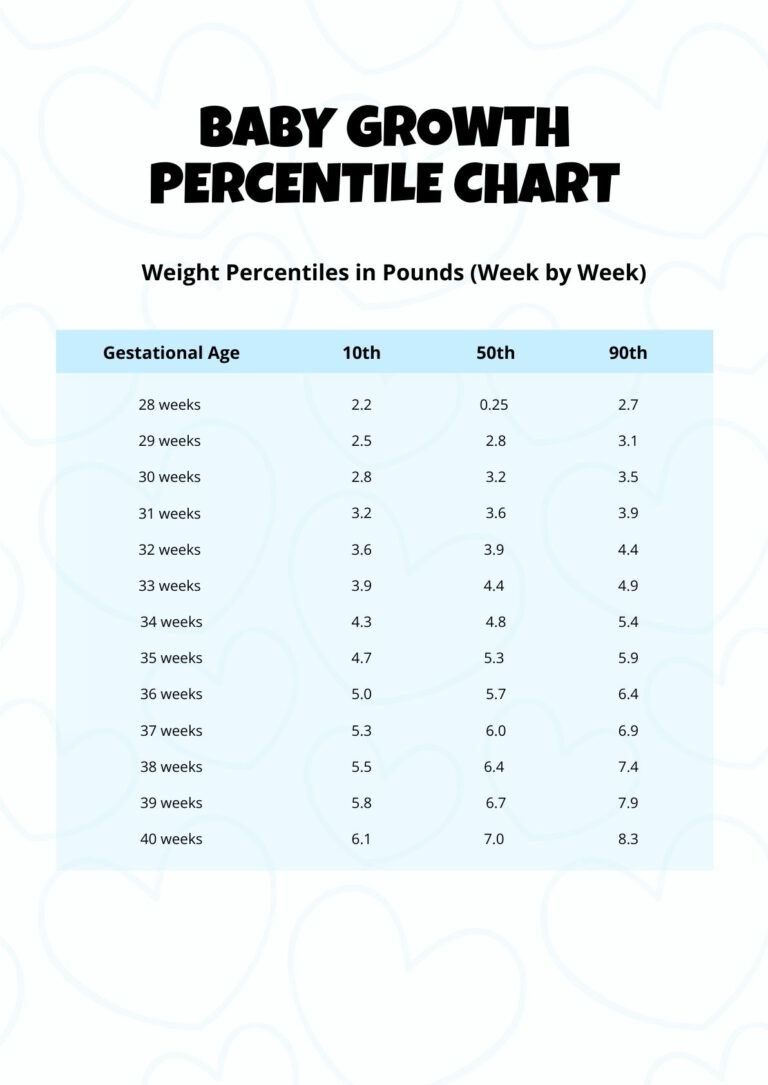How To Properly Hold A Baby
Welcoming a new baby into the world is a joyous occasion, but as a new parent or caregiver, it can also be intimidating. One of the most important things to learn is how to properly hold a baby to ensure their safety and comfort. In this comprehensive guide, we will cover everything you need to know about holding a baby the right way.
Knowledge
One of the most crucial aspects of holding a baby is supporting their head and neck. Newborns have weak neck muscles and cannot support their heads on their own. To properly hold a baby, always make sure to cradle their head in the crook of your arm or hand. This will provide the necessary support and prevent any strain on their delicate neck muscles.
When holding a baby, it is important to position them correctly to ensure their comfort and safety. Hold the baby close to your body with their head resting on your chest. This will create a secure and comforting environment for the baby, allowing them to feel safe and supported.
When holding a baby, always use both hands to provide maximum support. Place one hand under their bottom and the other under their head to ensure a secure and stable hold. This will help prevent any accidental slips or falls and keep the baby safe in your arms.
Pay close attention to the baby’s cues when holding them to ensure they are comfortable. If the baby starts to fuss or squirm, it may be a sign that they are not happy with their current position. Try adjusting your hold or gently rocking the baby to see if that helps them feel more at ease.
Like any new skill, holding a baby takes practice. Don’t be discouraged if you don’t get it right the first time. With time and patience, you will become more confident in your ability to hold a baby safely and comfortably.
Conclusion
Properly holding a baby is essential for their safety, comfort, and well-being. By following the tips outlined in this guide, you can ensure that you are providing the best possible care for the little one in your arms. Remember to always support the baby’s head and neck, position them close to your body, use both hands for support, and check for signs of discomfort. With practice and patience, you will become a pro at holding a baby in no time.
Remember, the safety and comfort of the baby should always be your top priority when holding them. By following the guidelines in this article, you can ensure that you are giving the baby the best possible care and creating a nurturing environment for their growth and development.






